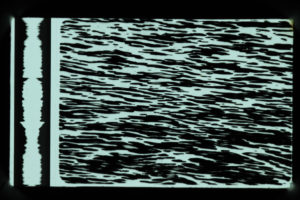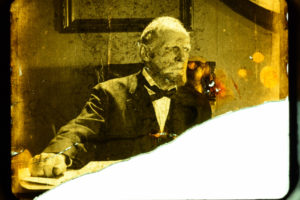I am presenting at the Ghent Early Cinema Conference and will be showing my idea that Cinema design, the building itself may of played a part in the adoption of narrative forms of cinema films, or those forms that were more story and duration based and required suspension of disbelief to read and enjoy.
I will do this by sketching out first how cinema and theatre related through the agency of the actual building and how some early cinema buildings were really theatres.
Then, after some examples of early cinemas that started to do away with ‘distractions’ like a stage, pros arch, fly loft, wings, apron, lighting, etc I will show how as the cinema space became more simplified this in effect took place in parrallel to narrative forms becoming more central and dominant in exhibition.
Is this a chicken and egg problem. How can it be shown that the audiences physical behaviour during narrative required a particualr set of environmental forms that may or may not have been in place during the transition period? And if they were not in place how can we see their effect in building design and towards which ends?
I will be looking at a selection of early plans in terms of the period they were submitted and what was common in Cinemas at the time, then I will be examining particular design features like projection throw, rake angle, seat angle, relation to stage and wings,and how the screen gets presented to the audience.
Of course we know that early Cinemas took their architectual cues from Theatre. BUT, and this is decisive, theatre is an entirely different technical environment that has very specific environmental forms and these differ radically from what simple, Cinema proper, buildings became.
As an informing idea for another project I am going to start to collect cinema metric data.
I am narrowing this down to the following:
Compass bearing of projections : Angle of rake :
Thats it!
I could add Throw (film gates to screen) in M/mm, number of seats. To allow venues with multiple screens each screen could be numbered.
So an example might be;
105° : 5° : 20M : 350
This example is made up.
This doesn’t seem to tell us much. But when we have a data set including many different places you should be able to start seeing patterns.

